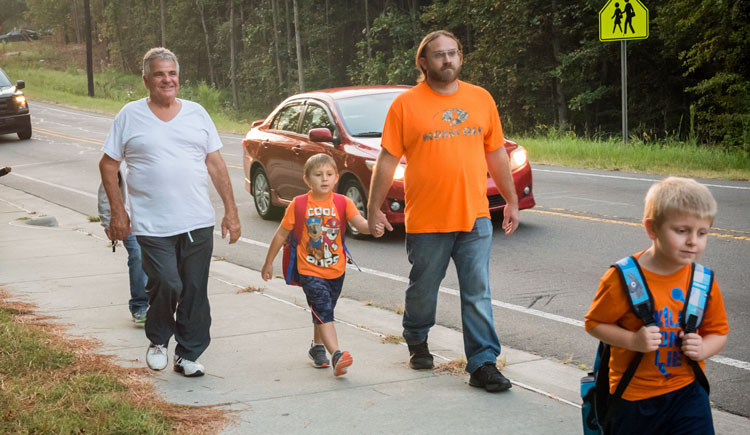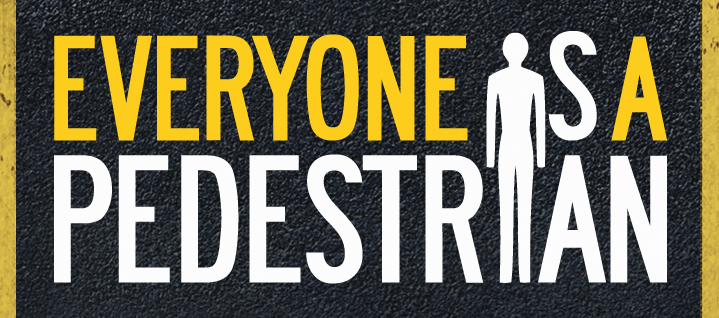

Everyone is a pedestrian at one time or another. When it comes to pedestrian safety, it’s a two-way street for walkers and drivers that involves equal respect and responsibility.
Over the past decade, the number of pedestrian fatalities has increased sharply. There were 6,283 pedestrians killed in traffic crashes in 2018 according to the National Highway Traffic Safety Administration, a 3 percent increase over the year before and the most since 1990. That includes 225 fatalities in North Carolina.
Nationally, 17.2 percent of the 36,560 road-related fatalities were pedestrians.
The U.S. Department of Transportation’s National Highway Traffic Safety Administration has designated October as
National Pedestrian Safety Month.
The goal is to decrease fatalities by increasing traffic safety awareness for pedestrians and drivers and educating all road users on pedestrian safety.
For drivers, contributing factors to pedestrian deaths include:
- Speeding
- Distraction
- Lack of awareness of and non-compliance with traffic laws
- Alcohol or drug impairment
- Drowsy driving
For pedestrian and bicyclist contributing factors include:
- Distraction
- Lack of awareness of and non-compliance with traffic laws
- Alcohol or other impairment
- Infrastructure issues such as inadequate separation between motorists and non-motorists (no sidewalks), poor lighting, and insufficient signage or crosswalks
Staying Safe: A Two-Way Road
According to the
National Highway Safety Administration, pedestrians and drivers can take the following steps to keep safe.
Follow the rules of the road and obey signs and signals.
| Look out for pedestrians everywhere, at all times. Safety is a shared responsibility.
|
Use sidewalks whenever they are available.
| Use extra caution when driving in hard-to-see conditions, such as nighttime or bad weather.
|
If there is no sidewalk, walk facing traffic and as far from traffic as possible.
| Slow down and be prepared to stop when turning or otherwise entering a crosswalk.
|
Keep alert at all times and don’t be distracted by electronic devices that take your eyes (and ears) off the road.
| Yield to pedestrians in crosswalks and stop well back from the crosswalk to give other vehicles an opportunity to see the crossing pedestrians so they can stop too.
|
Whenever possible cross streets at crosswalks or intersections, where drivers expect pedestrians. Look for cars in all directions, including those turning left or right.
| Never pass vehicles stopped at a crosswalk. There may be people crossing that you can’t see.
|
If a crosswalk or intersection is not available, locate a well-lit area where you have the best view of traffic. Wait for a gap in traffic that allows enough time to cross safely. Continue watching for traffic as you cross.
| Never drive under the influence of alcohol and/or drugs.
|
Never assume a driver sees you. Make eye contact with drivers as they approach to make sure you are seen.
|
Follow the speed limit, especially around people on the street.
|
Be visible at all times. Wear bright clothing during the day, and wear reflective materials or use a flashlight at night.
| Follow slower speed limits in school zones and in neighborhoods where children are present.
|
Watch for cars entering or exiting driveways, or backing up in parking lots.
|
Be extra cautious when backing up — pedestrians can move into your path
|
Resources